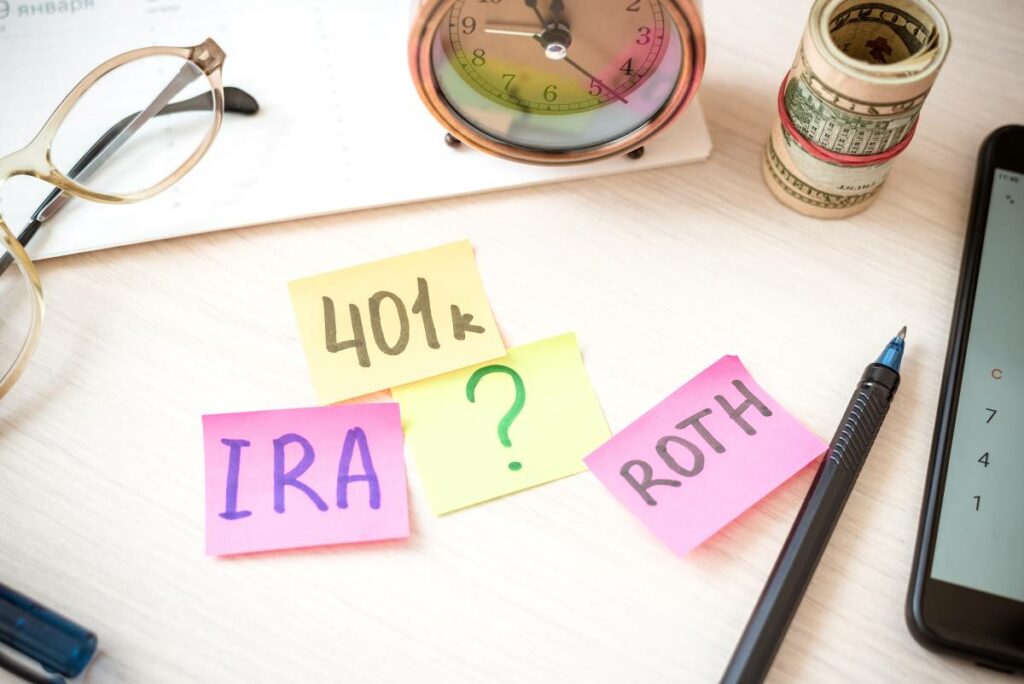There’s a time for everything: a time to work to provide for yourself and your family, and a time to peacefully retire. And what’s better than living off your retirement pension and reaping the benefits attached to it?
One of the best decisions you can make right now is properly planning for your retirement early in your career. Navigating all the complexities of retirement may be tasking, especially if you don’t know how to retire and get a pension. This article deconstructs all you need to know about retirement pensions and how to plan for them.

- What Is a Pension?
- What Is the Age of Retirement?
- How Does the Pension System Work?
- Can You Retire Early and Apply for Pension?
- What Can You Expect to Receive When You Retire?
- What Is Social Security?
- How to Apply for Retirement Pension
- How Long Do Retirement Pensions Last?
- Average Processing Time to Receiving The Retirement Benefits
- Conclusion
What Is a Pension?
A pension is a retirement plan that is typically paid in an annuity. This means that pensions provide monthly income to people when they retire. However, it is important to note that not all employers or companies offer pensions to workers. Thus, you need to check what you can receive from your employer and government organizations to carefully plan and save towards retirement.
What Is the Age of Retirement?
The term retirement age refers to the time when you can leave corporate life and start receiving a retirement pension. The full retirement age in the US is 66 for individuals born between 1943 and 1954. However, the retirement age increases to 67 if you’re born between 1955 to 1960. It remains the same for people born after 1960. You can check this chart for more information.
How Does the Pension System Work?
Pension in the US comes in two folds. You must understand how they play into what you receive when you retire. They include:
Defined-benefit pension
This form of pension is determined by several factors:
- Your salary and compensation
- The number of years working with the organization
- Your age
For instance, a defined-benefit pension plan from your organization can offer you a benefit of 40% of your pay if you retire at 55 with at least 10 years of service. However, the same plan can offer to pay you 75% of your wages if you retire at 65 with at least 30 years of service.
Defined-contribution plan
A defined-contribution plan follows a different pattern. The retirement is either funded by you from your salary or contributions made by your employer. These contributions are paid into an investment account. Thus, what you receive when you retire depends on the investment’s health. A 401(k) is the perfect example of a defined-contribution pension plan.
Can You Retire Early and Apply for Pension?
Your retirement benefit is dependent on your age at retirement. Beyond retiring at the government-approved age of 67, you can opt to retire early. However, your benefits will be reduced compared to the approved retirement age. You can receive a benefit cut of up to 30% less than what you’re meant to receive.
What Can You Expect to Receive When You Retire?
What you can expect to receive when you retire is based on the pension plan you subscribe to.

The Individual Retirement Account (IRA)
If you’re personally saving for your own retirement with an Individual Retirement Account (IRA), the amount you receive when you retire can come in two folds:
- Traditional IRA. Here, you personally save for retirement on a pre-tax basis. This means you won’t pay taxes on your monthly contributions to your IRA until you take it out during retirement.
- Roth IRA. In this case, you contribute towards your retirement with after-tax money. Thus, you pay taxes on every contribution you make until retirement. The upside is that you will enjoy a tax-free contribution increment when you take it out during retirement.
The 401(k) plan
If you’re on a 401(k) plan, what you receive can come from one of the options below:
- Traditional 401(k). This plan allows you to save for your retirement by taking out portions of your salary and investing it in high-reward assets on a pre-tax basis. This means you will pay taxes on your contributions when the investment is grown and withdrawn.
- Roth 401(k). This pension plan allows you to save for retirement by investing portions of your salary on an after-tax basis. This means you pay income taxes on every contribution towards your retirement. You won’t pay any taxes on your investments when you take them out during retirement.
If your employee benefits come with a retirement plan from your employer, you will see the percentage of your earnings after retirement.
What Is Social Security?
Social Security is a program that provides you with an income once you retire too but works in a slightly different way. As you work, you pay taxes into Social Security which are used to fund people who are retired, disabled, survivors, and dependents. When you retire, you receive the same benefits.
You earn credits towards your retirement benefits when you work and pay Social Security taxes. A worker needs to earn 40 credits to qualify for the benefits. This is usually about 10 years of paid work. In this case, you get paid $1,547 in earned income. You can receive up to 4 deposits yearly.
The Social Security Administration (SSA) periodically increases the payouts to keep up with living costs and inflation.
How to Apply for Retirement Pension
Now that you know what retirement pensions are, how do you apply for one?
- Social Security. You can apply for retirement benefits online at the Social Security website. Review the ‘Getting Ready’ page to ensure you have all the documentation ready before completing the application. You can also apply physically in any of the Field Office Locations.
- 401(k). After retirement, you can contact your 401(k) plan administrator and opt to cash out the entire money, make periodic withdrawals, buy an annuity, or roll over the account into an IRA.
- IRA. If you are subscribed to a Traditional or Roth IRA, you can contact your IRA provider when you retire to see how you can take out your contributions.
Documentation Needed to Apply for Retirement Pension
To apply for Social Security, you’d have to provide the following information:
- Proof of your age
- Proof of US Citizenship
- Social security number
- Photocopies of your last year’s W-2 tax forms or self-employment tax returns
- Employer names and type of business
- Bank information for the deposit
- Dates of current or previous marriages
- Names of your family members eligible to receive the benefits on your record
Contact your plan provider or administration on the documentation required for other benefits such as 401(k) or IRA.
How Long Do Retirement Pensions Last?
Retirement pensions last throughout your lifetime. This means you can receive Social Security benefits and an employer-funded pension when you retire until you die.
Average Processing Time to Receiving The Retirement Benefits
The Social Security approval process takes about 6 weeks before you receive the benefits. This is due to high application rates. Getting your application correct before applying is essential so you won’t have to re-apply.
Conclusion
Planning carefully towards your retirement while you are still actively working is the best way to secure a financially stable future. A pension will provide you with a guaranteed monthly income throughout your retirement life. However, there are different pension plans you can subscribe to, so you need to choose the one that works best for you. We hope that with our comprehensive guide, you can choose the best pension plan for you and solidify your financial future.




